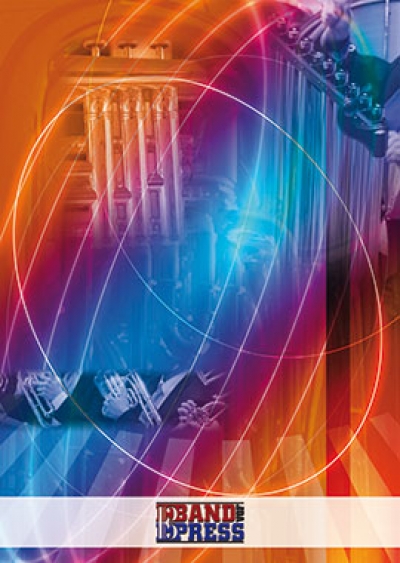We've found 582 matches for your search. Order by
Results
-
 £72.00
£72.00Curtain Call - Meechan Peter
Estimated dispatch 7-14 working days
-
 £86.00
£86.00Dancing in the Park - Graham Peter - Vertommen Luc
Estimated dispatch 7-14 working days
-
 £79.00
£79.00Dear Lord and Father of Mankind - Graham Peter - Vertommen Luc
Estimated dispatch 7-14 working days
-
 £72.00
£72.00Elegie - Meechan Peter
Estimated dispatch 7-14 working days
-
 £64.00
£64.00Fanfare - Savenberg Peter
Estimated dispatch 7-14 working days
-
 £72.00
£72.00Fanfare prelude on Kilmarnock - Graham Peter - Vertommen Luc
Estimated dispatch 7-14 working days
-
 £79.00
£79.00Fantasy on Sempre Libera - Graham Peter - Vertommen Luc
Estimated dispatch 7-14 working days
-
 £86.00
£86.00Fathom Five - Graham Peter - Vertommen Luc
Estimated dispatch 7-14 working days
-
 £57.00
£57.00Follow the fllame - Graham Peter - Vertommen Luc
Estimated dispatch 7-14 working days
-
 £86.00
£86.00Harrison's Dream - Graham Peter - Vertommen Luc
Estimated dispatch 7-14 working days
